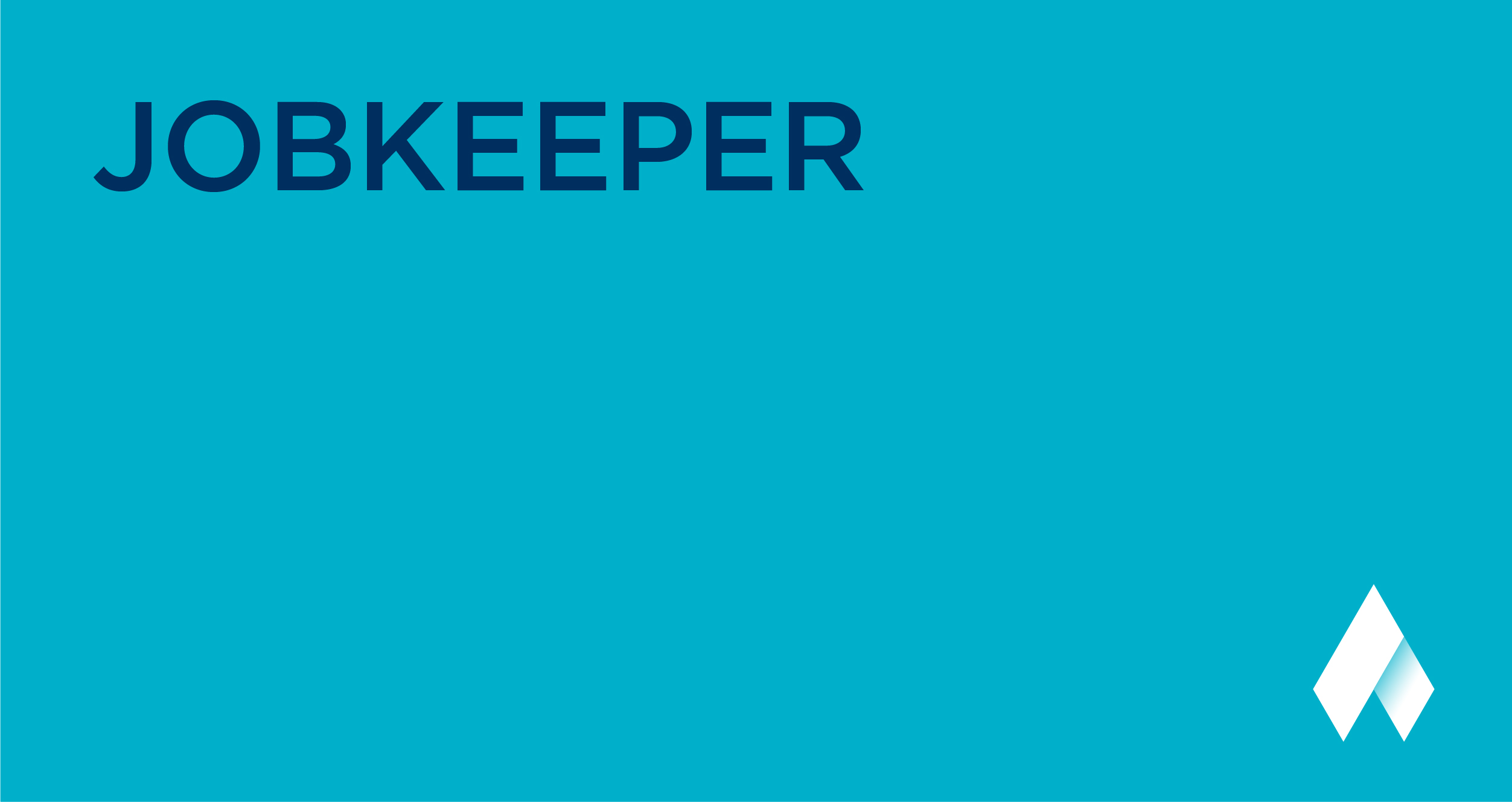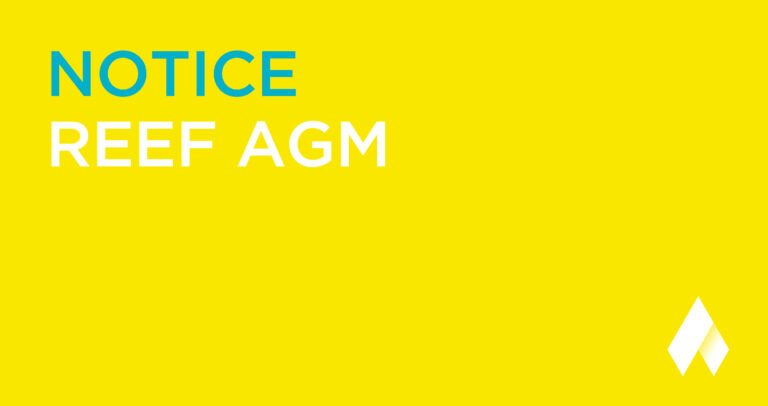Members are aware the Federal Parliament recently passed legislation enacting the JobKeeper scheme. The legislation amends the Fair Work Act for a temporary period of six months, ending on 28 September 2020.
The legislation provides a framework for JobKeeper payments, while the eligibility criteria for employees and employers is determined by separate Rules determined by the Treasurer.
Since the legislation was passed, REEF has been inundated with calls and emails from members seeking clarification about the JobKeeper scheme and particularly how it will affect real estate businesses.
Over the next few days, we will be providing you with a number of articles explaining the operation of the JobKeeper scheme with particular emphasis on its application to our industry.
Given the complexities around the JobKeeper legislation, REEF is currently seeking legal clarification around how the JobKeeper payment will affect debit/credit and commission-only salespeople. This clarification will be the subject of a follow-up articles.
In this article, we provide members with information concerning the key provisions of the scheme and how it may benefit your business in these unprecedented times.
The key components of the legislation are as follows.
To participate in the JobKeeper scheme, who is an eligible employer and employee?
For the purpose of the scheme an “Eligible Employer” means an employer who can establish that their turnover has or will be reduced since 1 March 2020 by more than 30% relative to a comparable period a year ago (of at least a month).
For the purpose of the scheme an “Eligible Employee” means an employee who:
- is 16 years of age or over;
- is either a full time or part time employee, or a casual employee employed by an employer on a regular basis for more than 12 months as at 1 March 2020;
- was and remains employed by an Eligible Employer as at 1 March 2020 (including employees who have been stood down or rehired);
- is an Australian citizen, the holder of a permanent visa, a Protected Special Category Visa Holder, a non-protected Special Category Visa Holder who has been residing continually in Australia for 10 years or more, or a Special Category (Subclass 444) Visa Holder; and
- is not in receipt of a JobKeeper Payment from another employer.
What is a JobKeeper stand down direction? (i.e. directions not work, changed days or changed hours)
An Eligible Employer can issue a stand down direction to an employee to:
- not work at all; or
- change their normal days; or
- change their normal hours of work,
provided that the employee cannot be usefully employed for the employee’s normal days or hours during the relevant stand down period because of changes to business attributable to COVID-19.
Importantly, during the stand down, the employer cannot reduce the employee’s normal hourly rate of pay. The employee will receive the higher of:
- the JobKeeper payment (being $1,500 f/n); or
- the amount payable for the work performed during that fortnight.
What are JobKeeper enabling directions? (i.e. changed duties, changed location or varied hours)
An Eligible Employer can direct an employee to undertake different duties while they are receiving JobKeeper payments but only if the new duties:
- are within the employee’s skill and competency and the employee has any requisite qualifications;
- are safe with regard to COVID-19; and
- are reasonably within the scope of the employer’s business operations.
An Eligible Employer can also direct an employee to work from a different location (including their home) but only if:
- the place is suitable for the employee’s duties;
- the new location does not require an unreasonable amount of travel; and
- the performance of duties at that locate is safe and reasonably within the scope of the employer’s business operations.
An Eligible Employer can agree with its employees (who are receiving JobKeeper payments) to vary days and times of work without reducing overall ordinary hours of work. An employee must consider and cannot unreasonably refuse such a request from their employer.
What about the taking of annual leave instead of stand down?
An Eligible Employer can agree with its employees (who are receiving JobKeeper payments) that the employee will take accrued annual leave. An employee must consider and cannot unreasonably refuse such a request from their employer, but can refuse the request if it would leave the employee with a balance of less than two weeks accrued annual leave.
Are there consultation obligations?
Yes. Before you give a JobKeeper direction the employer must:
- Give the employee written notice of the intention to give the JobKeeper direction at least three days before the JobKeeper direction is given or a lesser period if agreed with the employee.
- Consult with the employee about the direction.
Must an employee follow a JobKeeper direction?
Yes. If a JobKeeper direction is given by an employer, the employee must comply with the direction.
If an employee is working under a JobKeeper direction what happens to their continuity of service?
The period for which the direction operates counts as service (even if the employee is receiving no pay).
QUESTIONS
If you have any questions about this information, please email [email protected] (rather than calling the Helpline).


